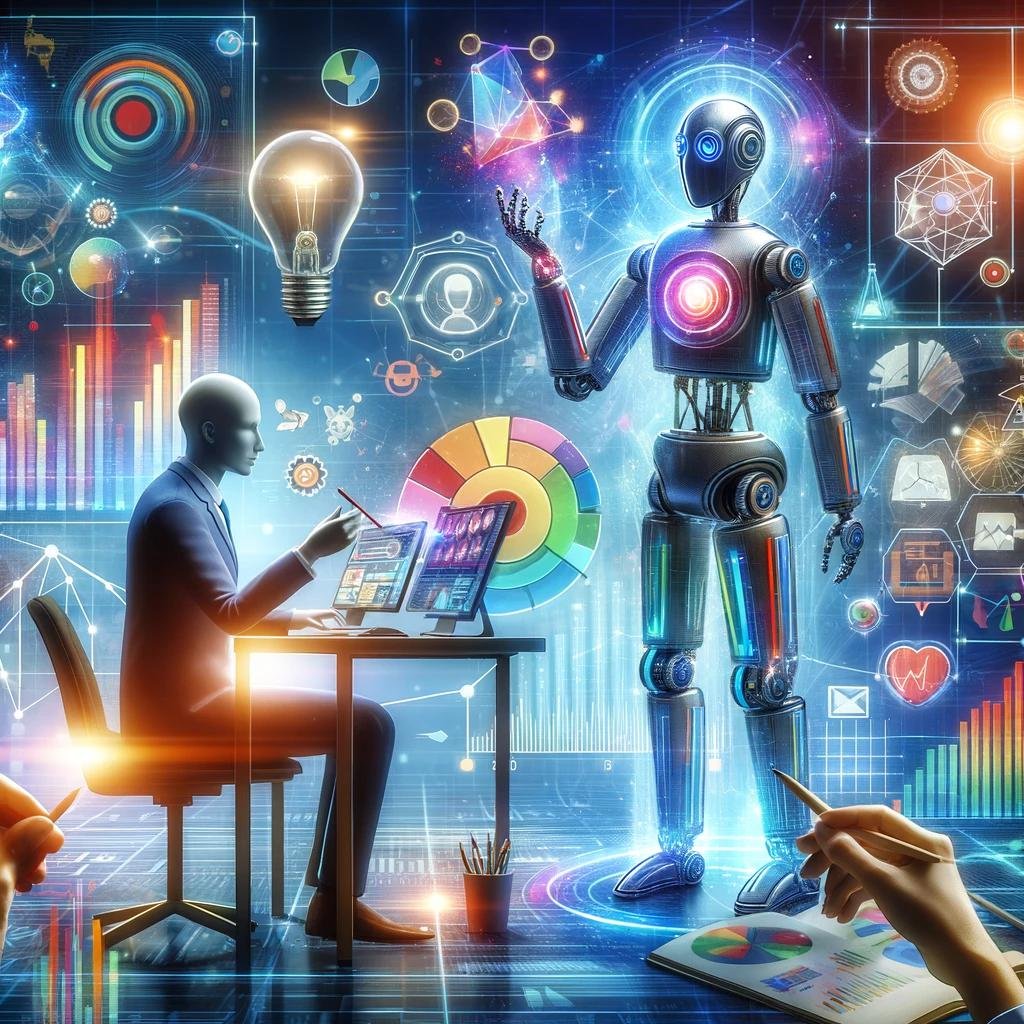As we journey through the dynamic landscape of marketing in 2024, AI has emerged not just as a tool but as a collaborator, transforming how we understand and engage with our audience. However, amidst this technological revolution, the essence of marketing still revolves around the human touch.
The Indispensable Human Element in AI-Driven Marketing
In a world increasingly steered by AI, the human element in marketing has never been more crucial. AI might be the engine powering our strategies, but humans are the navigators charting the course. Here's why the human touch in AI-driven marketing is irreplaceable:
Creativity and Empathy: AI can analyze data and spot trends, but it can't replicate the nuanced creativity and empathy that humans bring to the table. It's our ability to understand and connect with human emotions that turns data into compelling stories and strategies.
Strategic Decision-Making: While AI provides insights, humans excel in contextual understanding and strategic thinking. We’re the ones who interpret AI-generated data and turn it into actionable strategies that resonate with real people in the real world.
Ethical Considerations: The rise of AI raises important ethical questions. Balancing data-driven efficiency with privacy and ethical considerations is a distinctly human responsibility. We are the custodians of ethical marketing, ensuring that AI is used responsibly and respectfully.
The Symbiotic Future of AI and Marketing
Looking ahead, the future of marketing is not about AI replacing humans but about AI and humans working in tandem. Here's how this partnership is unfolding:
AI as a Collaborative Tool: AI is a powerful tool in the marketer's toolkit, offering unparalleled insights and efficiency. But it's the human marketer who translates these into creative, effective campaigns.
Enhanced Customer Experiences: By combining AI's analytical prowess with human creativity and intuition, we can craft marketing experiences that are not only more personalized but also more empathetic and engaging.
Innovation and Adaptation: The partnership between AI and human marketers is driving innovation. As AI evolves, it opens new avenues for creative and strategic marketing approaches, which humans are best equipped to explore and implement.
Embracing the AI-Marketing Partnership
As we embrace AI in marketing, let's remember that it's a partnership. AI enhances our capabilities, but it doesn't replace the unique strengths we bring as humans. Together, AI and human creativity are shaping a new era in marketing, one that is more data-informed, efficient, and, importantly, human-centric.










